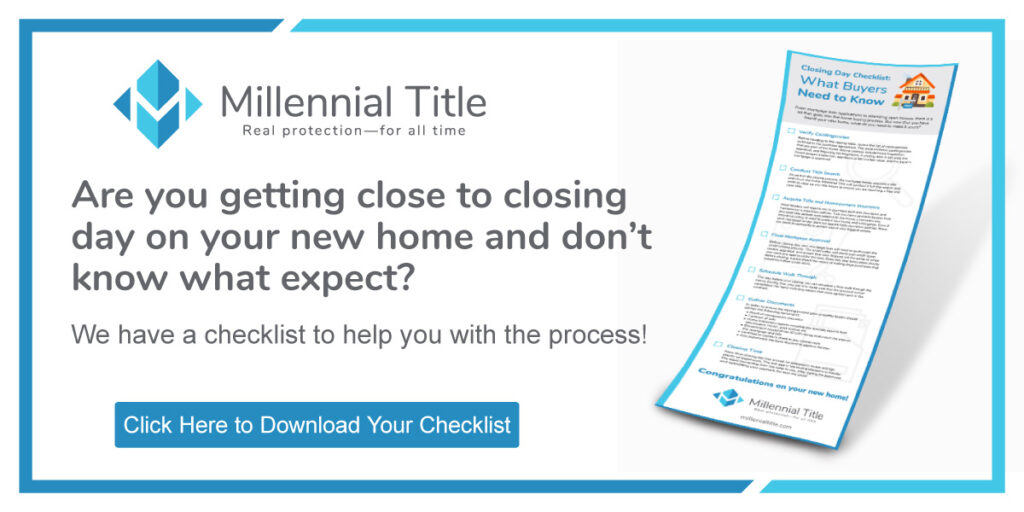If you’re in the process of buying a home, you’ve probably heard the term “Closing Disclosure” mentioned a few times. But what is a Closing Disclosure and why is it so important? In this blog, we’ll cover everything you need to know including what it is; its significance; and the key points within it. We’ll also answer address how to fix Closing Disclosure errors to ensure you reach a smooth closing.
Learn How to Make Your Closing Easier with Remote Online Notarization!
What is a Closing Disclosure?
A Closing Disclosure is a five-page document which outlines the final terms of your mortgage loan. It includes important information such as the loan amount, interest rate, monthly payments, and other closing costs.
This document provides transparency and clarity to homebuyers about the costs from the lender associated with their mortgage loan before they go through with the purchase. This saves them from any surprises or hidden fees that may arise during the closing process.
What to Look for on Your Closing Disclosure
Under federal law, homebuyers must receive the Closing Disclosure at least three business days before the closing date. This gives homebuyers ample time to review the document and ask any questions they may have before finalizing the mortgage loan. Here are some of the key things to carefully look through as you make sure the Closing Disclosure is correct and matches your agreed upon mortgage loan application.
- Closing and Transaction Information: This is located at the top of page one and will include the names of the parties involved in the transaction and where the property is located. Double check that there are no spelling errors in your name, and that the property address is correct.
- Loan terms: This section includes important information such as the loan amount and the interest rate.
- Projected payments: This section outlines your estimated total monthly payments—including principal and interest—as well as any additional costs such as mortgage insurance or property taxes.
- Costs at closing: This section includes closing costs such as loan origination fees, title insurance, and appraisal fees.
Millennial Title Tip: Check out the American Land Title Association’s Closing Disclosure example for a visual guide on what to expect.
What if There are Errors or Discrepancies in the Closing Disclosure?
If you notice any issues on your Closing Disclosure, contact your lender immediately to get them corrected. It may delay your closing if there is a material change in the costs. It’s crucial if you want to avoid issues down the road. If material changes need to be made, you’ll have three additional days before closing day to review the revised document.
Millennial Title is Here to Help
Understanding the Closing Disclosure is crucial for a successful closing day. By reviewing the document carefully and asking any questions you may have, you can be sure you’re fully informed about the costs associated with your mortgage loan. If you have any questions or concerns about the Closing Disclosure or the homebuying process, don’t hesitate to reach out to Millennial Title for assistance.



